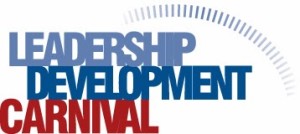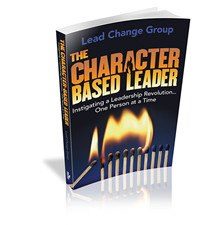Earlier this week we launched a new series titled what does HR really stand for: Human Resources or Human Remains?

When I reached out to my network asking them to participate in this series, I shared an excerpt of a conversation I had with someone with an MBA and years of HR experience.
“Chery I have been in HR for X number of years, I have my MBA, I’ve attended tons of seminars and I’ve NEVER heard anyone talk about the HUMANS.“
And then I asked these questions:
- How do you balance the need to protect the company from lawsuits with the needs of the real live human beings you serve?
- What tips do you have for organizations that are seeking to bring the Human back to Human Resources?
 This post is the second in the series and was written my another Lead Change Member and Co-Author of The Character-Based Leader Book, Mary Schaefer. Mary is the President of Artemis Path, Inc. and her passion is challenging others to Reimagine Work. This is what Mary had to say…
This post is the second in the series and was written my another Lead Change Member and Co-Author of The Character-Based Leader Book, Mary Schaefer. Mary is the President of Artemis Path, Inc. and her passion is challenging others to Reimagine Work. This is what Mary had to say…








